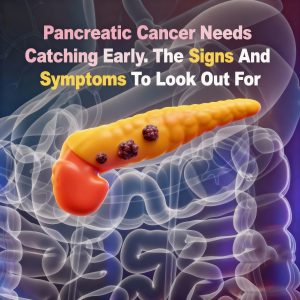Visible Veins Explained: Normal Causes, Health Risks, and When to Worry
Have you ever noticed your veins looking more pronounced — perhaps on your hands, arms, or legs — and wondered if it’s a sign of something serious? The truth is, **visible veins are often normal**, but in some cases, they can point to underlying health issues. Understanding the difference can help you know when to relax and when to seek medical advice.
—
### Normal Causes of Visible Veins
In many cases, prominent veins are simply a reflection of your body’s natural physiology:
* **Low Body Fat:** People with less fat under their skin are more likely to see their veins. This is common in athletes and individuals with lean builds.
* **Exercise and Muscle Tone:** During and after a workout, veins can appear larger because blood flow increases and muscles push veins closer to the skin’s surface. This effect, called “vascularity,” is particularly common in weightlifters.
* **Aging:** As we age, our skin becomes thinner and loses elasticity, making veins more visible, especially in the hands and legs.
* **Heat and Hydration:** Hot weather causes veins to dilate, while dehydration can make them stand out more.
In these situations, visible veins are harmless and usually temporary.
—
### Potential Health Risks
Sometimes, however, visible veins can be linked to medical concerns:
* **Varicose Veins:** Enlarged, twisted veins — often in the legs — result from weakened vein valves that struggle to push blood back to the heart. They may cause aching, swelling, or heaviness.
* **Venous Insufficiency:** When blood doesn’t flow efficiently from the legs to the heart, veins can become visibly swollen. Left untreated, it may lead to leg ulcers or skin changes.
* **Blood Clots (Deep Vein Thrombosis, DVT):** Rare but serious, a blood clot in a deep vein can cause sudden swelling, redness, warmth, and visible changes in veins. This requires urgent medical attention.
* **Liver or Heart Conditions:** In some cases, visible veins on the chest or abdomen may indicate circulation problems tied to liver disease or heart failure.
—
### When to Worry
You should contact a healthcare professional if you notice:
* Sudden appearance of bulging or twisted veins
* Persistent pain, swelling, or heaviness in your legs
* Skin discoloration, rashes, or sores near the veins
* Warmth, redness, or tenderness around a vein (possible clot)
* Veins becoming visible alongside other unexplained symptoms, such as fatigue or shortness of breath
—
### Protecting Your Vein Health
While not all visible veins are preventable, you can support healthy circulation by:
* Staying physically active
* Maintaining a healthy weight
* Elevating your legs after long periods of standing
* Wearing compression stockings if recommended by a doctor
* Staying hydrated and avoiding smoking, which weakens blood vessels
—
## The Bottom Line
Visible veins are usually **a normal part of the body’s function** — often influenced by age, fitness, or temporary changes in blood flow. But they can also signal medical conditions that require attention. By knowing the difference and paying attention to additional symptoms, you can take charge of your vein health and act early if something’s wrong.





